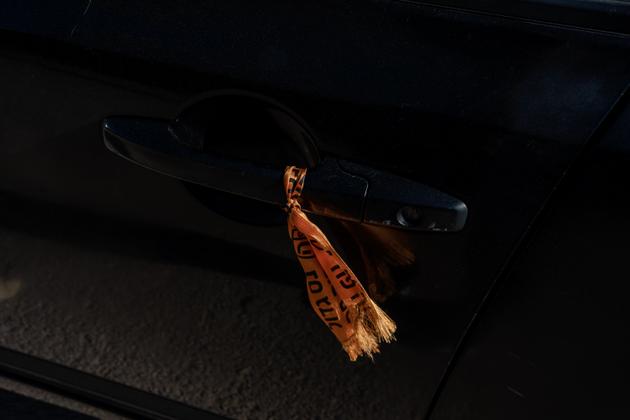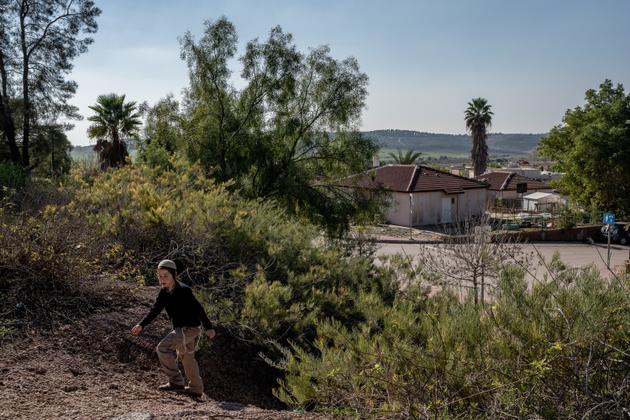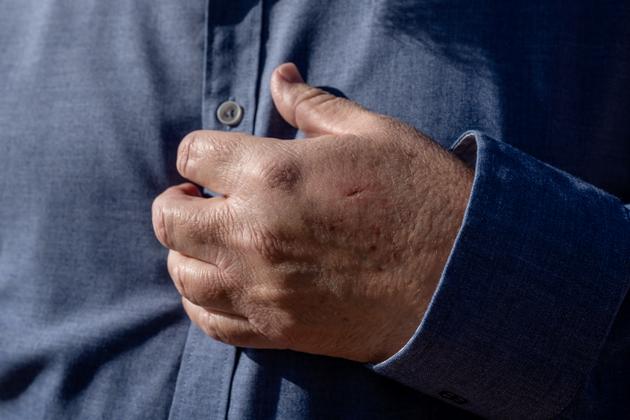


In Israel, former Gush Katif settlers dream of returning to the Gaza Strip
FeatureSome of the Israelis evacuated from the Gaza Strip in 2005 by former prime minister Ariel Sharon are making plans to resettle there. Long confined to the far right, the idea is increasingly popular because of the war.
Dodi Raisch, who lives in Shomria, a religious community in southern Israel bordering the West Bank, said that he thinks about the Gaza Strip "constantly." The 60-year-old, who wears a yarmulke and the ritual tzitzit, whose tassels drape down the legs of his pants, is the father of 11 children and grandfather of 30. He used to live in one of the 21 Jewish settlements illegally established in the south of the Palestinian territory, gathered into what was then called Gush Katif (the "harvest bloc," in Hebrew). He headed the farming community of Atzmona from 1986 until 2005, the year that then-prime minister Ariel Sharon (2001-2006) ordered the area to be evacuated.
In the new village where some 50 families decided to settle in 2006, so much has reminded them of their former lives. The school, the library and the youth movement have all been named "Atzmona," as in the Gaza Strip. The door of a car still displays several orange ribbons, the symbol of the movement that opposed the settlers' evacuation in 2005.

'Life will always fall back into place'
In the spacious home where he has been living after spending several years in a "mobile home," a yellowing photo in a wooden frame shows his former home, with a pergola and terraces, standing in the middle of the sand. On another wall, a painting depicts the Mediterranean Sea, with Jerusalem in the distance and sand dunes, where a long palm tree lies broken. But a new branch is depicted growing inconspicuously from its trunk, as Raisch pointed out, proud of the symbol. "This painting tells the story of Gush Katif for the Jewish people," he said with a smile. "Life will always fall back into place."
On December 8, Israeli real estate agency Harey Zahav sparked controversy when it posted a photo on its Instagram account showing Israeli soldiers posing with a banner announcing the creation of a "new Atzmona settlement." A few days later, the agency posted plans for future houses for sale on Gaza's coastline, amid the rubble of bombed-out Palestinian buildings. It's "more of a satirical notion," said Zeev Epstein, the company's director, in the Israeli newspaper Haaretz on December 20. At the same time, he made it clear that he supported such a project.


"The north of the zone is already ready for us to return," said Daniella Weiss, 78, a Jewish supremacist activist who is close to Finance Minister Bezalel Smotrich and heads Nachala, a religious settlers' organization. Speaking by phone, she told Le Monde that she has held numerous meetings at the Knesset, the Israeli parliament, and has been planning a major demonstration in Jerusalem for January 20, 2024, to demand the reconstruction of settlements in Gaza. "While Gush Katif represents the settlers' mindset, it is the extreme right-wing and religious fringe of this movement that has turned a return to Gaza into a political agenda," said Yair Sheleg, a researcher at the Shalom Hartman Institute in Jerusalem.
You have 65% of this article left to read. The rest is for subscribers only.
